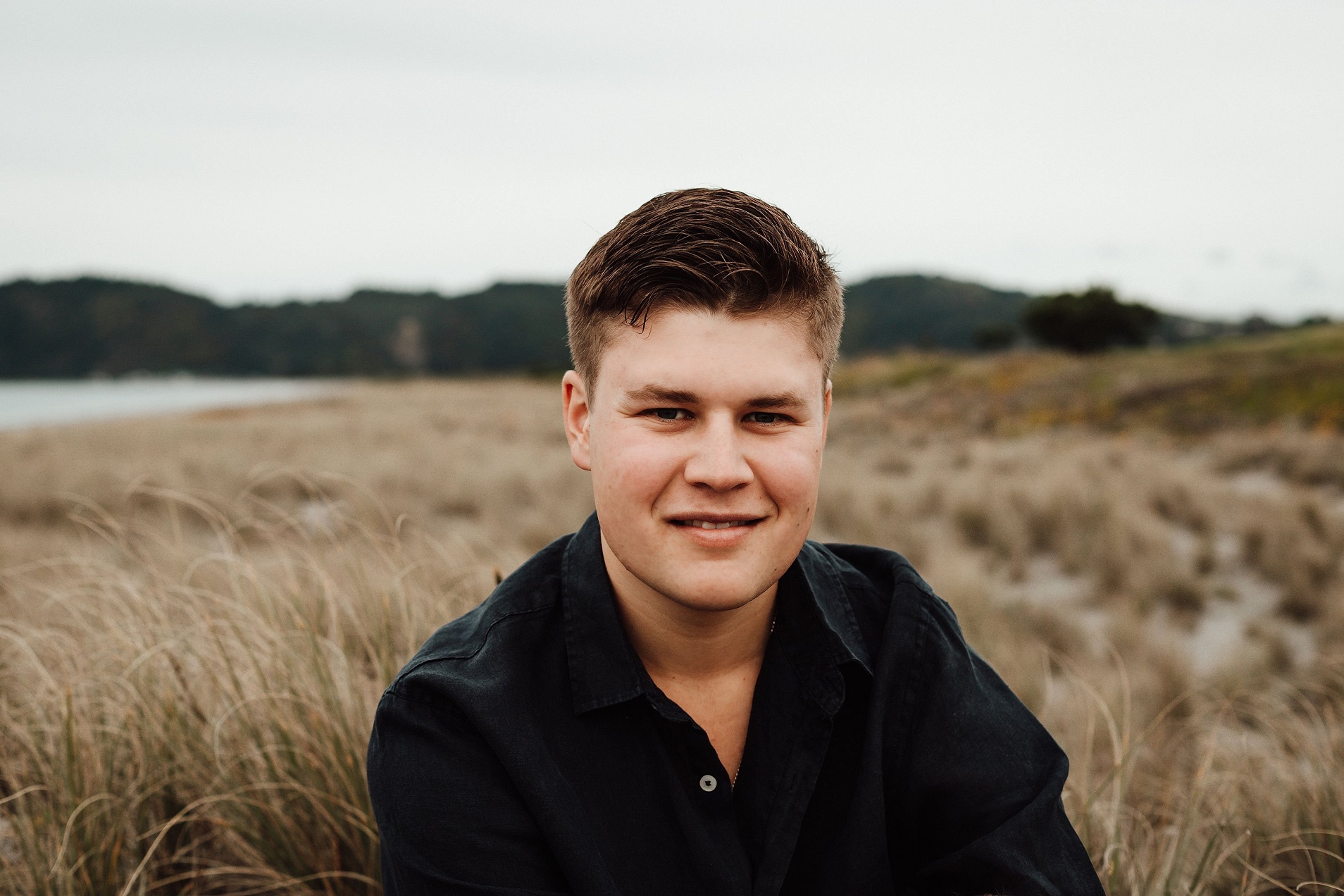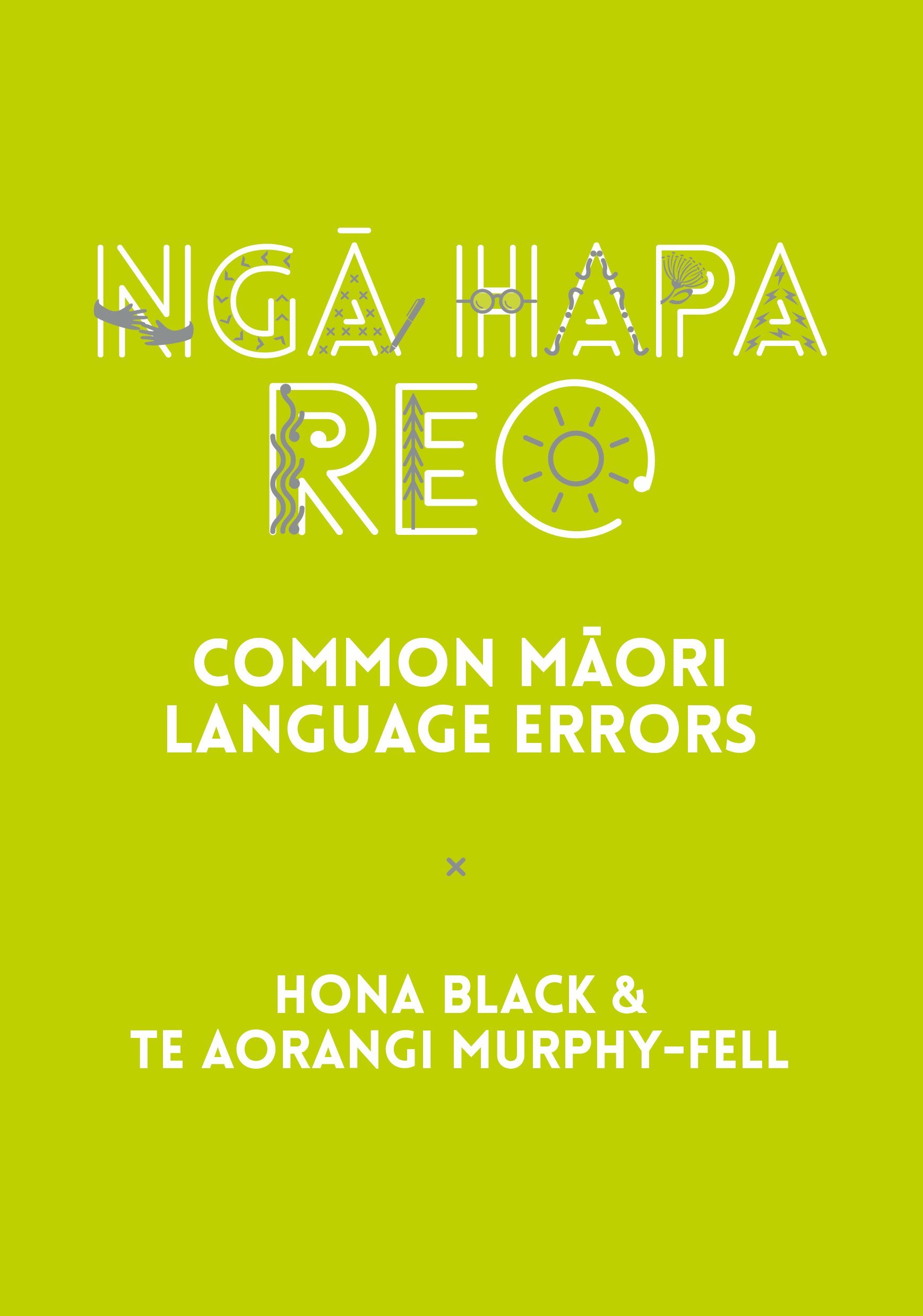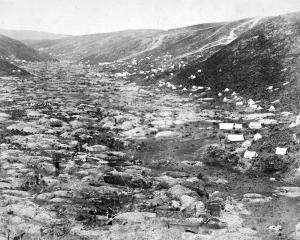
"Yeah, there’s only one person I know that catches trains, and that’s Superman, isn’t it?" Te Aorangi Murphy-Fell says with a chuckle.
In English, it’s a play on words that makes good sense. Of course, we can all catch a train, as long as we have a ticket, but only a caped alien with superpowers can "catch" a train, should Lois Lane be imperilled yet again.
However, in te reo Māori it’s a whole different deal. And that’s the point Murphy-Fell is making.
Together with Hona Black, he has written Ngā Hapa Reo: Common Māori Language Errors, which is hitting stores just in time for Mahuru Māori and Te Wiki o te reo Māori this coming month. A "hapa" is an error.
And among the common Māori language hapa the book addresses is this one: "I hopu au i te tereina" (I caught the train).
"Hopu" in te reo Māori means "catch" — but in the context of catching a ball. In te reo, when it comes to travelling by train, what you are going to do is "eke".
"I eke au i te tereina" will commonly be translated as I caught the train, but more literally means the person concerned boarded, or embarked, "got on" the train.
Similarly, you wouldn’t hopu a fish in te reo. You’d "hī" your ika (fish).
All this is addressing one of the recurring issues in Murphy-Fell and Black’s book, the sometimes confounding influence of English on te reo Māori in a country where English is the lingua franca.
It is a big thing, Murphy-Fell says.
"Particularly for those who are learning, those who are English language speakers," Murphy-Fell says.
When anyone goes to learn a new language, the grammar from their first language is likely to follow.
"That’s what chapter 3 of this book, ‘Errors of Influence’, looks at. They’re actually Pākehā sentences that just have Māori words."
Murphy-Fell quotes another sentence from his book, "Kāore taku rorohiko i te haere". What the speaker is trying to communicate is "My computer (rorohiko) isn’t working", or "isn’t going". "Haere" can mean to go. "Kāore" at the start makes it a negative statement. But what the sentence means in te reo is that the computer is "not off somewhere", not going somewhere.
"So, you know, that’s an example of native language interference," Murphy-Fell says.

Among the champions of te reo Māori to have spoken about the importance of the language communicating authentically Māori ideas and concepts is Pānia Papa.
She’s previously bemoaned "te tākaikai i te wairua Pākehā ki te kupu Māori", ideas from te ao Pākehā becoming wrapped up (tākaikai) in te reo Māori.
And she has indeed contributed to the new book in a couple of different ways.
Murphy-Fell and Black did their master’s in Māori language excellence together through Te Wānanga o Aotearoa, taught by Papa and Leon Te Heketū Blake, which was the crucible from which Ngā Hapa Reo emerged.
"The big focus of that programme was on the correctness of the language, what we call te reo kia tika. That was one of the pillars of that programme, and so through that and through the wānanga we started focusing on types of errors that people make, and towards the end of the programme we realised that we’d collected in excess of 100 different errors that speakers of all levels make," Murphy-Fell says.
"We thought, ‘oh, you know, this might be a really cool resource’."
A further contribution from Papa and Blake is the use, in Ngā Hapa Reo, of the grammar system they developed.
There are several different grammar systems in te reo Māori, Murphy-Fell explains, Papa and Blake’s a more modern iteration.
The book adheres to wisdom of high-standing. Another of the pair’s teachers during the master’s course — which now performs the role previously filled by the invitation-only apex reo programme Te Panekiretanga o Te Reo — was Sir Tīmoti Kāretu, one of the country’s foremost reo Māori advocates.
"Nā te reo Māori anake e motuhake nei tā te Māori tū, e Māori nei te Māori i te ao nei," he has said. Which argues that it’s only through the language that Māori can be authentically themselves in this world.
"I suppose this book is, again, part of that effort that he’s talking about there, that to be Māori in this world, in te ao Māori, language is still central. And so there’s work to do there," Murphy-Fell says.
Both Black (Tūhoe, Te Whānau a Apanui, Te Whakatōhea, Ngāti Tūwharetoa) and Murphy-Fell (Ngāti Kahungunu, Ngāi Tahu, Ngāti Apa) are Māori language educators and consultants, both having grown up speaking te reo Māori. Indeed, Whakatane-based Murphy-Fell was home-schooled by his te reo-speaking mum and didn’t learn English until he was 8 or 9.
Black has previously published a couple of books in the same language series, Te Reo Kapekape: Māori Wit and Humour and He Iti te Kupu: Māori Metaphors and Similes.
Those books had a focus on "te reo kia reka", on providing ways to express Māori ideas as Sir Tīmoti would hope, and in ensuring the language didn’t just become something to use in formal settings — that talk would continue in te reo Māori after the whaikōrero (speech-making) was done, that people had the tools to do that.
Murphy-Fell concedes that the new book, Ngā Hapa Reo, turns the nerdy dial up a tad.

"And that’s why we’ve tried throughout the book to make it as digestible as possible."
It’s a sign of ongoing progress though that, after decades of language revitalisation, the work is now zeroing in on the reo kia tika, getting it right, and the reo kia Māori, the authenticity of the language.
"We’re at a stage now where we can possibly start to dictate what we want the language to look like moving forward," Murphy-Fell says. "But ultimately, we don’t want the focus to become so much on the errors that it inhibits the way people speak. So it’s a bit of a fine balance."
It is not the book’s intention to lay down the law; it’s a wānanga, a discussion, he says.
An example from the book are the words moata and wawe. They both mean early, but moata has traditionally been used just for early in the morning. However, Murphy-Fell says it’s commonly now used outside that context.
"So we’re not necessarily saying it’s wrong and you shouldn’t say it — it’s just putting it out there to say, ‘hey, is this something that we accept now as just part of everyday usage?’."
On the other hand, Murphy-Fell would be very happy to hear less of "homai ō whakaaro", a phrase regularly used by RNZ presenters to mean "share your thoughts".
Try "tukuna mai ō whakaaro", he says. Reserve "homai" for when the thing being passed from one to another is a physical object.
There is a wealth of knowledge dispensed by the book, but plenty of entertainment mixed in too — picking up from where Black’s broadly humorous Te Reo Kapekape left off.
One of the sections, explaining the perennially tricky passive voice, uses koalas’ embarrassing sexual health stats to provide grammatical clarity.
"There were a couple of other examples, I can assure you, that we originally wrote in there that we decided probably best to leave out," Murphy Fell says, chuckling again.
He’s not sure what project he might launch upon next, but says this book doesn’t include all the hapa they collected. So maybe there’s a volume 2 waiting to be written sometime.
They might see how this one goes first, he says.
"Hopefully, it’s a resource of value — that’s all we are after."
Te pukapuka
Ngā Hapa Reo: Common Māori Language Errors is out next week.












